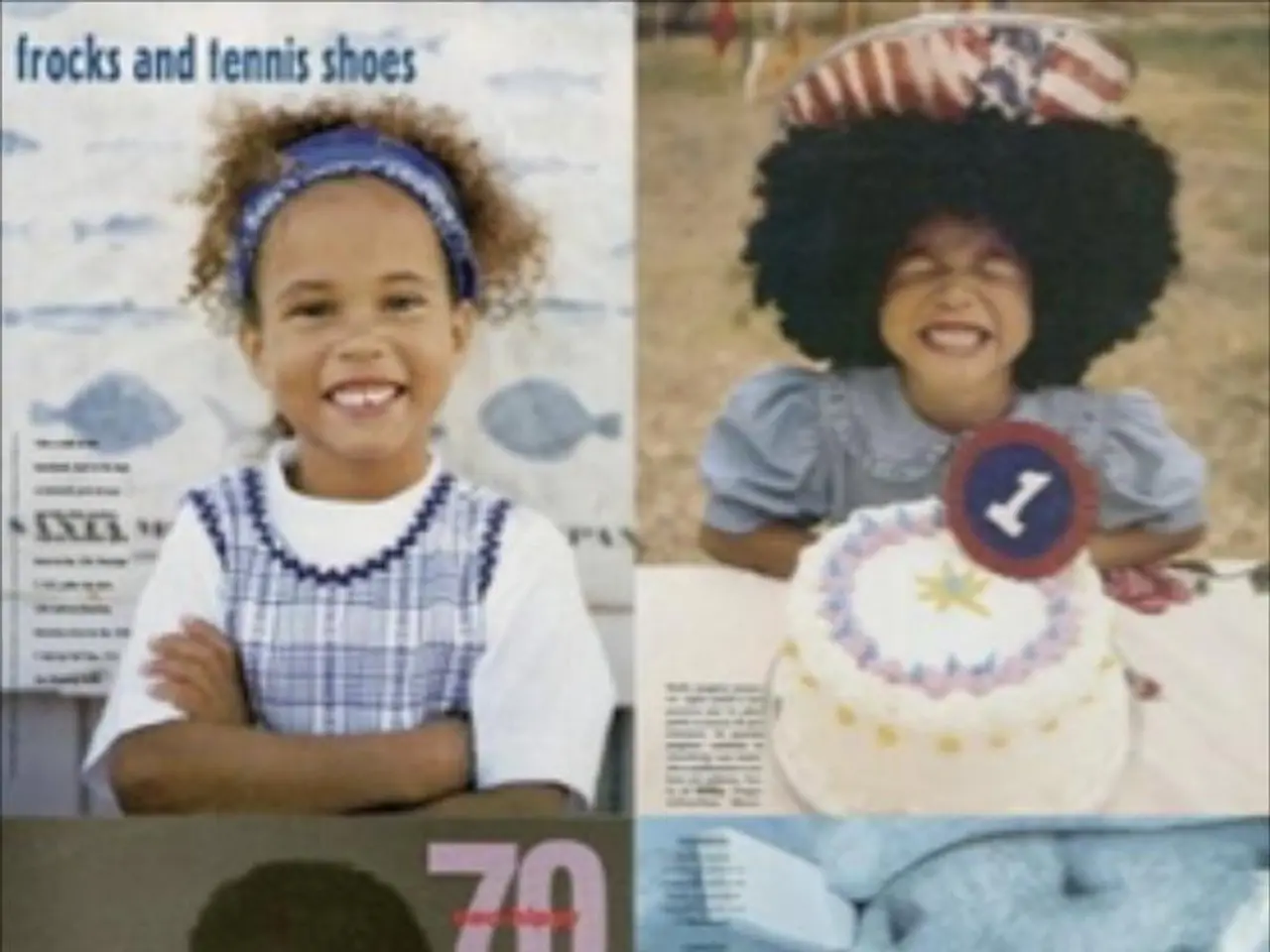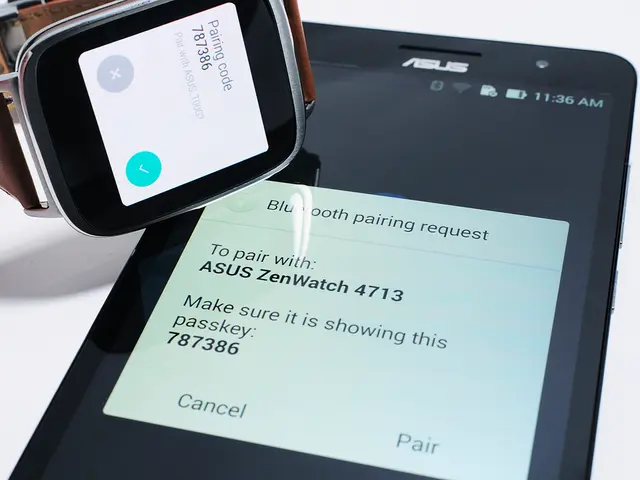Strategies to Structure Educational Journeys Using Visual Narratives that Stimulate Inherent Interest
Visual storytelling has emerged as a powerful tool in education, helping to improve learning outcomes and retention. By crafting simple, relatable narratives enhanced by visuals, educators can engage students emotionally, foster connection, and motivate learners.
Effective visual storytelling involves more than just incorporating images or videos. It requires a strategic approach that includes character development, setting establishment, conflict presentation, and resolution demonstration.
One key approach is to use clear, concise stories aligned with learning objectives. By incorporating relatable characters and emotionally engaging content, teachers can foster connection and motivation. This emotional connection, in turn, improves attention and memory.
Combining storytelling with visuals such as diagrams, graphic organizers, timelines, and labeled illustrations reinforces concepts through dual coding (verbal + visual), aiding comprehension and long-term retention. For instance, pairing a water cycle diagram with a narrative explanation helps students recall the process better.
Visual thinking strategies (VTS) also play a significant role. These strategies prompt students to observe, interpret, and discuss images or animations collaboratively, nurturing critical thinking and deeper understanding, especially in STEM subjects.
Teaching students how to create and use visual representations, such as concept maps and models, boosts learning independence and problem-solving skills. By allowing students to organize and connect information themselves, they become more active participants in their learning journey.
Incorporating digital media and interactive visuals, such as videos, animations, virtual whiteboards, and simulations, captures attention and makes abstract concepts tangible. These elements transform passive visual storytelling into dynamic learning experiences that keep learners actively engaged throughout their educational journey.
Strategic quiz placement throughout visual stories reinforces key concepts without disrupting the narrative flow. Heat maps show exactly where students click, pause, and replay content, providing valuable insights into student engagement and learning patterns.
To create inclusive environments where everyone can thrive, educators should address different learning paces by designing flexible navigation options, offering multiple content formats, and creating self-paced modules. Compressing large video files and optimizing images to reduce loading times also helps to accommodate various learners.
Building measurement systems into visual learning experiences helps educators refine their approach and celebrate progress. Analytics dashboards reveal which visual story elements capture attention most effectively and where learners spend the most time. Focus groups or informal conversations uncover deeper insights about narrative effectiveness and emotional impact.
Preparing for technical challenges is crucial. Establishing clear technical support protocols with step-by-step troubleshooting guides students can follow independently is essential. Testing all multimedia elements across different devices and browsers identifies compatibility issues early.
Creating downloadable offline versions of interactive content and maintaining printed handouts for critical materials ensures accessibility for all students. Offering multiple content formats for the same learning objective caters to different learning styles and preferences.
The power lies in the educator's ability to turn complex information into compelling narratives that resonate emotionally with learners. By measuring what works and adapting based on real feedback from learners, educators can continuously improve their visual storytelling strategies.
Incorporating interactive elements like clickable hotspots, navigation elements, quizzes, and assessment points enhances engagement. By encouraging active participation, educators can help students become more confident and motivated learners.
In summary, integrating storytelling with purposeful visuals provides a multi-sensory experience that enhances understanding, retention, and engagement across disciplines. Interactive discussion around visuals further deepens learning by promoting inference and reasoning skills. By preparing for technical challenges and designing flexible experiences that accommodate different learning styles, educators can create inclusive environments where everyone can thrive.
- Leveraging technology, educators can incorporate self-development material into their visual storytelling to foster a modern lifestyle, blending education and personal growth, thereby making learning more relatable and engaging.
- To optimize learning outcomes, educators can use technology-enhanced visual storytelling in combination with strategies like education-and-self-development resources, doubling down on learning retention and fostering an innovative and adaptable mindset.



